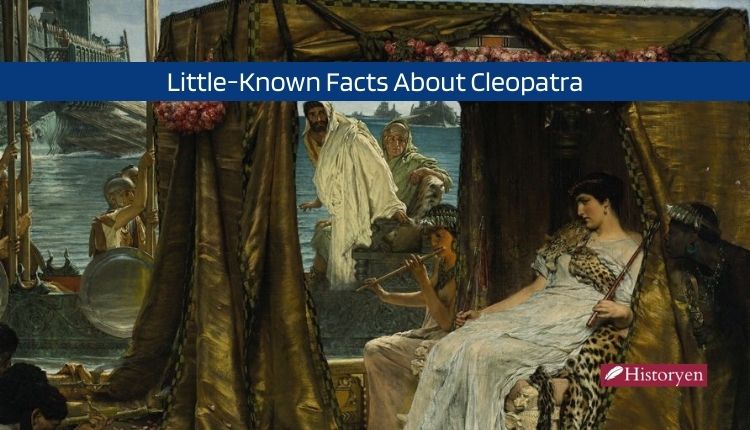The ubiquity of Bluetooth technology in our daily lives is a testament to its seamless connectivity, allowing people worldwide to wirelessly link their devices for activities ranging from listening to music to watching movies. However, what many may not be aware of is the intriguing historical connection behind the name “Bluetooth” and its roots in the Viking era, particularly associated with the formidable Danish king, Harald Bluetooth.
Bluetooth’s Historical Naming
In the mid-1990s, when Intel engineer Jim Kardach sought a name for a revolutionary wireless technology, he turned to Viking history. The inspiration came from a runic stone commemorating the achievements of King Harald Bluetooth, a 10th-century ruler who united Denmark and converted it to Christianity. The name “Bluetooth” itself is derived from the Old Norse term “Blåtand,” meaning “blue tooth” or “dark tooth,” though the precise reason behind this moniker remains shrouded in mystery.
Harald Bluetooth’s Reign

Harald Bluetooth, or Harald Gormsson, was a formidable figure in 10th-century Denmark. His thirty-year rule saw the unification of Denmark and the conversion of Norway to Christianity. Bluetooth’s legacy extends beyond his military prowess; it encompasses the Christianization of Scandinavia and the establishment of the Jelling Dynasty.
Jelling Stones and Symbolism

The Jelling Stones, monumental runic inscriptions in Denmark, serve as tangible symbols of Bluetooth’s accomplishments. One stone, erected by Bluetooth, depicts a gravure of “a tree-bearing Jesus,” marking the oldest visual representation of Jesus in Denmark. The stones, though recognized as propagandistic, narrate a tale of Bluetooth’s triumphs and setbacks, offering historians a glimpse into the complexities of his rule.
Christianization Efforts

Bluetooth’s reign coincided with a pivotal period of Christianization in Scandinavia. Faced with external threats, notably from the Holy Roman Empire under Emperor Otto, Bluetooth embraced Christianity and sought to convert his subjects. The process, documented in historical sagas, involved diplomatic maneuvers, conflicts, and the establishment of ecclesiastical structures.
Challenges of the Transition to Christianity
The transition to Christianity was not without challenges. Bluetooth faced resistance from some nobles, and internal conflicts arose. Despite these challenges, Bluetooth’s legacy endured through his son Sweyn Forkbeard. Sweyn’s reign brought a relative peace, leading to the abandonment of Bluetooth’s circular fortifications, known today as Circular Viking Fortresses or Trelleborg-style castles.
The Aftermath
Following Bluetooth’s reign, his son Sweyn Forkbeard embarked on external conquests, particularly in England. Bluetooth’s lineage continued to play a significant role in shaping the political landscape of England and Scandinavia. Sweyn’s son, Knut (Cnut the Great), further expanded the Jelling Dynasty’s influence, marking a continuity of Bluetooth’s legacy.
Legacy Beyond Bluetooth

The Jelling Dynasty’s impact persisted into the 11th century, leaving an indelible mark on Viking history. Bluetooth’s descendants, especially Knut, influenced not only Scandinavian history but also played a crucial role in English affairs. The Estridsen Dynasty, named after Bluetooth’s granddaughter Estrid, continued to shape Danish history until the 15th century, with its legacy reaching the current Danish queen, II. Margrethe.
Conclusion
The historical narrative behind Bluetooth technology, intertwined with the Viking legacy of Harald Bluetooth, adds a layer of depth to the ubiquitous wireless connectivity we experience today. The journey from the Viking era to the modern world showcases the enduring impact of historical figures on contemporary innovations, bridging the gap between the past and the present. As we effortlessly connect our devices through Bluetooth, we inadvertently pay homage to the visionary leadership of a 10th-century Danish king.



